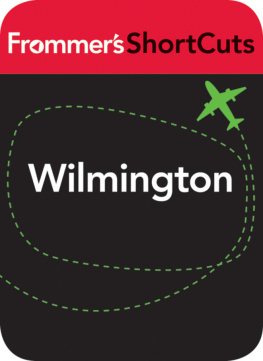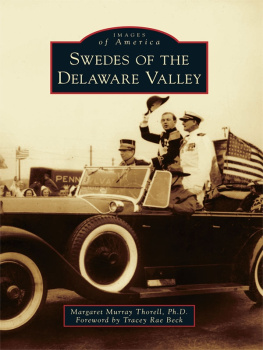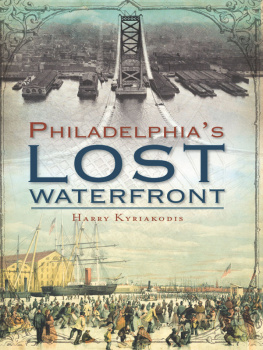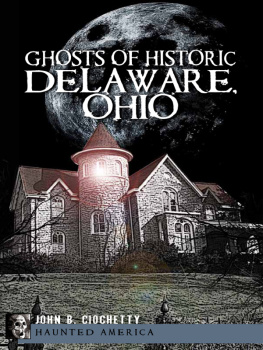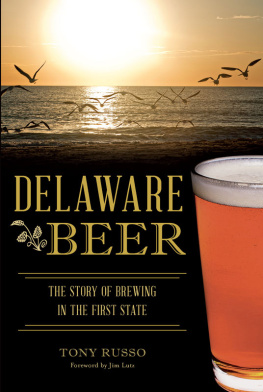
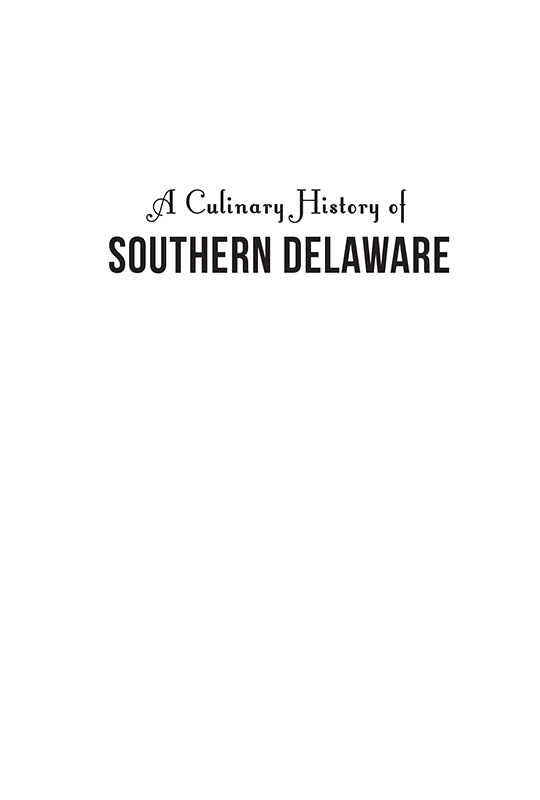

Published by American Palate
A Division of The History Press
Charleston, SC
www.historypress.net
Copyright 2016 by Denise Clemons
All rights reserved
First published 2016
e-book edition 2016
ISBN 978.1.62585.815.3
Library of Congress Control Number: 2016933578
print edition ISBN 978.1.46713.546.7
Notice: The information in this book is true and complete to the best of our knowledge. It is offered without guarantee on the part of the author or The History Press. The author and The History Press disclaim all liability in connection with the use of this book.
All rights reserved. No part of this book may be reproduced or transmitted in any form whatsoever without prior written permission from the publisher except in the case of brief quotations embodied in critical articles and reviews.
To Jack, for his love and support during our many adventures togetherand for always offering to wash the dishes.
CONTENTS
ACKNOWLEDGEMENTS
While writing is a solitary occupation, these words and photographs could not have come to the page without the invaluable assistance of my husband, Jack.
I am indebted to the people of Southern Delaware who have given me insight into their lives and their histories, especially the Bennett family of Frankford.
The history of the state of Delaware is expertly organized and easily accessible in the welcoming space of the Delaware Public Archives.
I would like to thank members of my Cape Gazette newspaper family, especially my editor, Jen Ellingsworth, who supported my explorations into the favorite foods of Southern Delaware.
The extraordinary memory and extensive library of Lewes historian Hazel Brittingham helped enliven the portrayal of Sussex County.
Finally, I am grateful to Hannah Cassilly and her team at Arcadia Publishing and The History Press for their guidance and support in completing this project.
INTRODUCTION
Welcome to Southern Delaware! Todays travels on local roads may include slow traffic backed up behind a harvester on its way to gather corn, a windshield splashed by an irrigator spraying across the edge of a field or the daunting experience of driving behind a chicken truck scattering feathers like snowflakes on a trip to the processing plant.
From the Native Americans who originally inhabited the region to the farm-to-table trends popular today, Southern Delaware has always been connected to the bounty of the land and sea. With the arrival of European settlers in the seventeenth century through the subsequent population expansion, tools and techniques for farming and fishing were modernized. However, most of the culinary traditions have changed very little over the years.
With a geography that separates this area from northern towns and neighboring states, and with a robust population tracing its history back to a handful of founding families, Southern Delaware is unique. Considered part of the Delmarva Peninsula, yet with a different personality than Maryland, Virginia or cities in the northern parts of the state, this tidy patch of land quilted with waterways has a story all its own.
Southern Delaware is dotted with small-town centers and lined with ever-growing coastal beach communities. The balance of the area is agriculturalpoultry farms, vineyards, orchards, dairies and acres upon acres of cropland. A few years ago, almost half the acreage in Southern Delaware was farmland, and despite aggressive building projects for housing developments and expansion of shopping centers, the nature of the region remains tied to agriculture.

Delaware state map showing the vast network of waterways in Southern Delaware.
Early maps of the region were less frequently labeled with specific town names and more often marked with the family name associated with each farm, mill or waterway landing. Often those names persisted, either as official names of a place or in the affectionate memories of the current residents.
These pages illustrate the same varieties of fish and fowl that fed the native Nanticoke tribes and remain an integral part of the modern diet, sometimes with very little embellishment. Fortunate to have a climate favorable for cultivating a range of flora and fauna, the culinary history of Southern Delaware is entwined in the growth and decline and resurgent demand for key food crops and the dishes in which they star.
Almost every one of Delawares official designations is connected to food:
Official State Beverage: milk
Official State Bird: blue hen chicken
Official State Dessert: peach pie
Official State Fish: weakfish
Official State Flower: peach blossom
Official State Fruit: strawberries
Official State Seal: sheaf of wheat, ear of corn, ox
One of the discoveries in my journey through the culinary history of Southern Delaware is how infrequently historians documented exactly what people were eating. Perhaps because eating is such an essential and automatic activity, the repetitive contents of regular meals must have seemed completely unremarkable to the chroniclers of more momentous events. A few descriptions written by early settlers in the region and some of the first cookbooks available in America help illustrate the origins of many local culinary traditions. The balance of the details about foods on the menu is found in descriptions of agricultural practices, family histories and the treasured recipes that were passed from generation to generation.
In this collection, you will discover many of the traditional foods native to Southern Delaware, as well as insights into how those foods were harvested, preserved, traded and enjoyed. Not every vegetable or every species of fish will be detailed, but those that were (and still are) popular in the region appear, along with a sampling of recipes from the past as well as today.
A combination of climate and geography joined to give Southern Delaware the natural resources for its unique flavors. The culinary history of Southern Delaware is a tale of people and place. From scrapple to beach plums, peaches to muskrat, the best from local farmers and fishermen is always on the table in Southern Delaware.
Chapter 1
SETTLING SOUTHERN DELAWARE
THE FIRST TOWN IN THE FIRST STATE
The Dutch were the first European settlers to arrive in Southern Delaware. They came in search of whaling trade opportunities in 1631 and called the area Zwaanendael, or Valley of the Swans. This small group of men built an enclosed fort in what became the town of Lewes on the tip of land between the Atlantic Ocean and the Delaware Bay. According to the evidence left behind, they did not develop friendly relations with the original inhabitants they encountered. Not only did they fail to find whales in the coastal waters, but their entire enterprise also came to an untimely end in a dispute stemming from a cultural misunderstanding with the local Native Americans. When Peter de Vries arrived a year later to check on the settlement, he found that his men had been killed and the buildings burned.
While their presence was short-lived, this timely arrival of the Dutch predated several other land grants and property claims. In the years leading up to the Revolutionary War, ownership was variously held by settlers from Sweden, England and Holland. The last was William Penns attempt to include the lower counties within the borders of Pennsylvania. The issue was finally resolved during negotiations prior to the start of the Continental Congress, and the three counties (New Castle, Kent and Sussex) became the independent state of Delaware.
Next page


